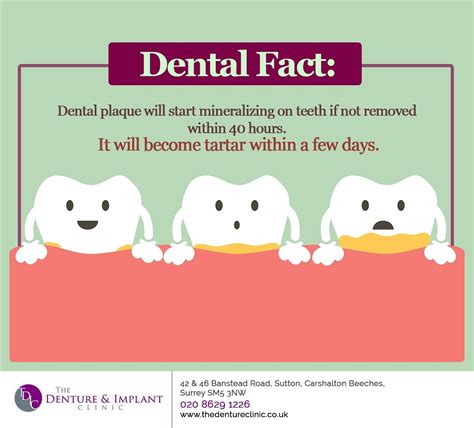The Tartar Timer: Your Oral Health Countdown
Maintaining optimal oral health isn't a sprint; it's a marathon. Understanding the timeline of plaque buildup and its progression into tartar is crucial for proactive dental care. This article serves as your "Tartar Timer," outlining the stages of plaque formation and offering practical advice for preventing tartar buildup and maintaining a healthy, radiant smile.
What is Tartar (Calculus)?
Before we delve into the timeline, let's clarify what tartar is. Tartar, also known as calculus, is hardened plaque. Plaque itself is a sticky film of bacteria that constantly forms on your teeth. While brushing and flossing remove plaque, if left undisturbed, it mineralizes over time, becoming hardened tartar. This hardened substance is much more difficult to remove and requires professional cleaning.
The Tartar Timer: A Timeline of Plaque Buildup
The exact timeframe for plaque to harden into tartar varies depending on individual factors like diet, oral hygiene practices, and saliva composition. However, a general timeline can be established:
Hours to Days (Plaque Formation): Within hours of brushing, a thin layer of plaque begins to form. This soft, sticky film is easily removed with proper brushing and flossing. Neglecting oral hygiene during this initial stage allows plaque to accumulate.
Days to Weeks (Plaque Accumulation): As plaque accumulates, it becomes thicker and more visible. At this stage, you may notice a fuzzy or sticky feeling on your teeth. This is a clear indication that brushing and flossing need immediate attention.
Weeks to Months (Plaque Mineralization): If plaque remains on the teeth for extended periods, minerals from saliva and other sources begin to harden it, transforming it into tartar. This process typically takes several weeks to months, depending on the individual.
Months to Years (Tartar Buildup): Once tartar forms, it becomes increasingly difficult to remove at home. It can build up along the gumline, contributing to gum disease (gingivitis and periodontitis). Regular professional cleanings are essential to remove accumulated tartar.
How to Prevent Tartar Buildup: Your Proactive Strategy
Prevention is key in the battle against tartar. Here's a proactive strategy:
1. Brush Twice Daily: Use a fluoride toothpaste and a soft-bristled toothbrush, focusing on gentle, thorough brushing for at least two minutes each time.
2. Floss Daily: Flossing removes plaque and food particles from between your teeth and along the gumline, areas your toothbrush can't reach.
3. Use an Antimicrobial Mouthwash: An antimicrobial mouthwash can help reduce bacteria in your mouth, inhibiting plaque formation.
4. Maintain a Healthy Diet: Limit sugary and acidic foods and drinks, which contribute to plaque buildup.
5. Regular Dental Checkups: Schedule professional cleanings and checkups every six months. Your dentist can remove tartar and assess your overall oral health.
Frequently Asked Questions (FAQs)
Can I remove tartar at home?
No, once plaque hardens into tartar, it cannot be effectively removed at home. Only a professional cleaning by a dentist or hygienist can remove tartar.
What are the signs of tartar buildup?
Signs of tartar buildup include a yellowish or brownish discoloration on your teeth, especially near the gumline, persistent bad breath, bleeding gums, and inflamed or tender gums.
Is tartar dangerous?
Yes, tartar can contribute to gum disease (gingivitis and periodontitis), which can lead to tooth loss if left untreated. It can also contribute to bad breath and tooth decay.
How often should I get my teeth professionally cleaned?
It's generally recommended to get your teeth professionally cleaned every six months. However, your dentist may recommend more frequent cleanings based on your individual needs.
What happens if I don't remove tartar?
Leaving tartar buildup untreated can lead to gum inflammation (gingivitis), gum disease (periodontitis), tooth loss, and other oral health problems.
By understanding the "Tartar Timer" and implementing a proactive oral hygiene routine, you can significantly reduce your risk of tartar buildup and maintain a healthy, radiant smile for years to come. Remember, prevention is always better than cure when it comes to your oral health. Consult with your dentist for personalized advice and treatment.

